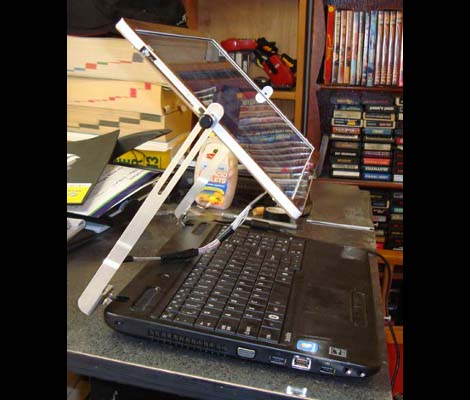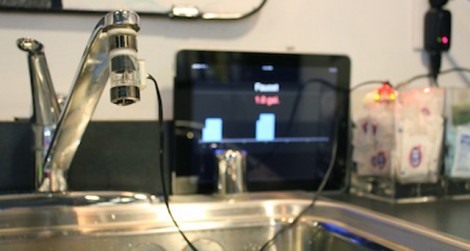
This swivel arm LCD screen is [Ben Heck’s] latest hack. It replaces the hinges that normally only allow one point of rotation on the screen. You can still use the laptop like normal, but when space is at a premium a second adjustment, both in rotation and linear position, has been added using the slots and screw knobs seen above. Ostensibly this is to use on an airplane, where there may not be enough space to fully open your laptop. We’ll let you decide if it’s wise to try to get your own hacks past airport security. Historically, the TSA hasn’t been impressed with hardware hackers. We like how this came out and could see ourselves using these techniques to make a convertible tablet notebook by reworking the cable routing.
We’ve embedded [Ben’s] quick demo of the finished product after the break. If you want to see the whole build process it is the subject of Episode 5 of the Ben Heck Show.
















